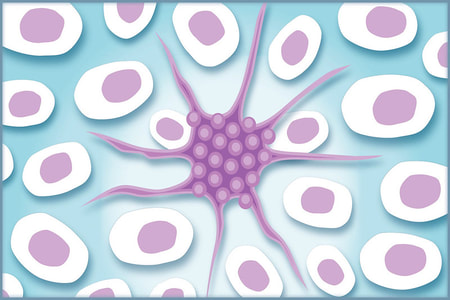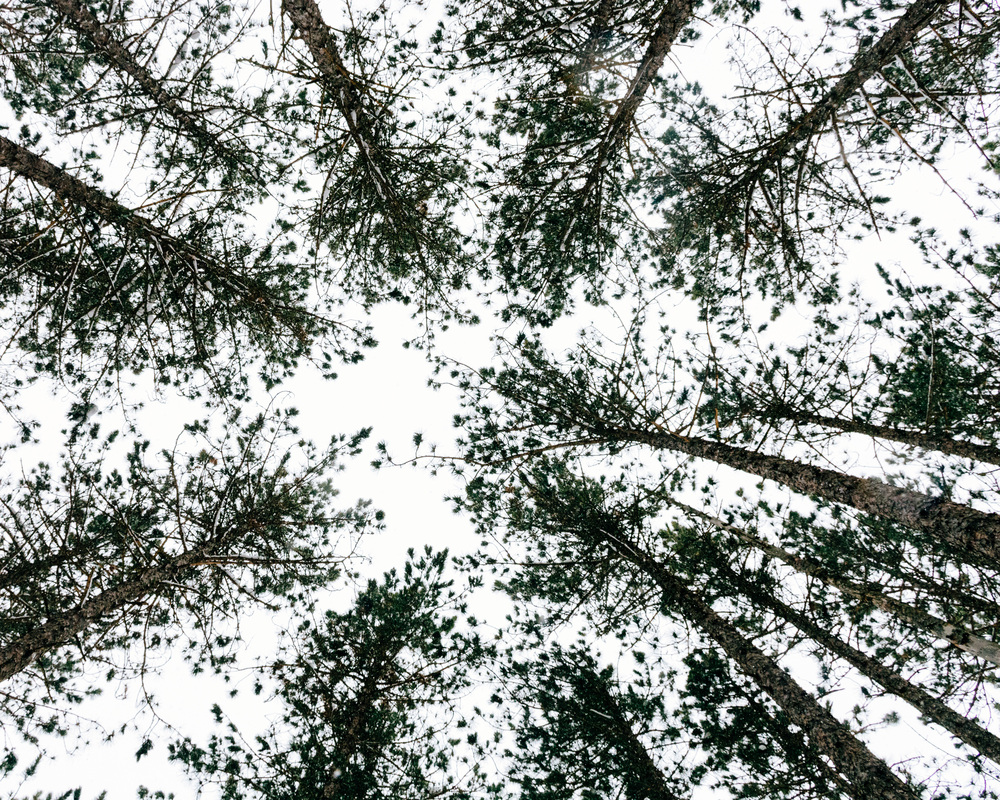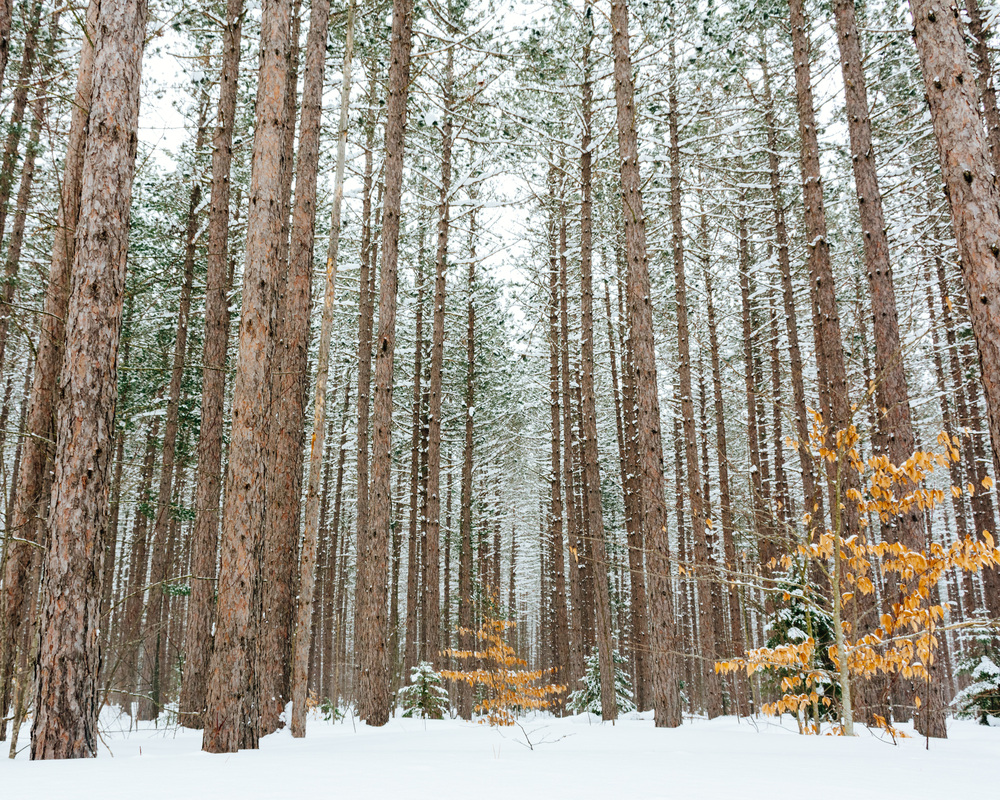Botany
youtu.be/LqkQry_T4yc VLOGS #1-Do plants think? #2-4 Deadly plants #3-Your salad is trying to kill you! #4-Which came first-flowers or bees? #5-Plant Defense #6-The Strangest Plant in the world?! #7-The Wood Wide Web #8-What's Lurking Inside Figs? #9-How does a seed become a plant? #10-World's oldest tree #11-4 plants that are great for humans #12-Do plants get cancer? #13-Why tomatoes aren't fruits and strawberries aren't berries? #14-Can plants get sunburned? #15-Why aren't plants black? #16-Can we make meat out of plants? #17-World's most powerful plants #18-Most bizarre seeds #19-When did the first flowers bloom? #20-Miracle Fruit: How to trick your tastebuds #21-Photosynthetic Animals? #22-Where do trees get their mass? #23-Why do leaves change color? #24-How much plastic is in the ocean? #25-Why is blue so rare in nature? Botany
Access to Success Instructor: Christa Schoenfeld Phone: 406-447-6385 E-mail: [email protected] Office Hours:11:00-12:00 M-F or by appointment Office: Room 004, lower level Course Description: Botany gives the students an introduction to plants, their growth, development, reproduction, nutrition and how they interact with the environment. Concepts are taught with a variety of methods including lab work, lecture, activities, and demonstrations. Course Outcomes
Required Texts/Materials There are no required texts for this class, however, there may be required reading or internet study. You will need to come to class with paper, pens/pencils, planner and three ring binder. Attendance and Participation Your attendance is expected. Good attendance habits are also necessary in the development of sound character traits and for success in the work world. Just like a job, you get “paid” for being here and participating. I give 5 points per hour of class for participation and showing up. If you are late, those points start to diminish. If you don’t do what you are asked, those points diminish. If you are going to miss class for ANY reason, you need to call me as soon as you know. You cannot make up any work if you don’t call when you won’t be here. Grading Policy 90 – 100% = A 80 – 89% = B 70 – 79% = C 60 – 69% = D Homework, labs and projects will be assigned throughout the semester. Grade Weights 30%-Participation 45%-HW/Labs 25%-Tests/Quizzes Miscellaneous: This syllabus is subject to change. Please turn off cell phones during class. If you are texting or checking your cell phone constantly during class, I may ask you to leave…it is rude and disruptive for you to have your attention elsewhere during class. I would strongly suggest the use of a planner dedicated specifically to homework for all classes. This way you will know what homework you have and when it is due! BOTANY CURRENT EVENTS-Throughout the course of the semester, there are always new and exciting events occurring in Science. As part of your homework, 4 current event reviews will be required to be completed. Newspaper/Magazine Review format Write a 3 paragraph paper on a Botany/Plant related article from a current magazine or newspaper. The article used must be a minimum of 5 paragraphs long. Each paragraph of your review should be 5- 7 sentences long. A bibliography must follow the paragraphs.
| |||||||||||||
|
|




